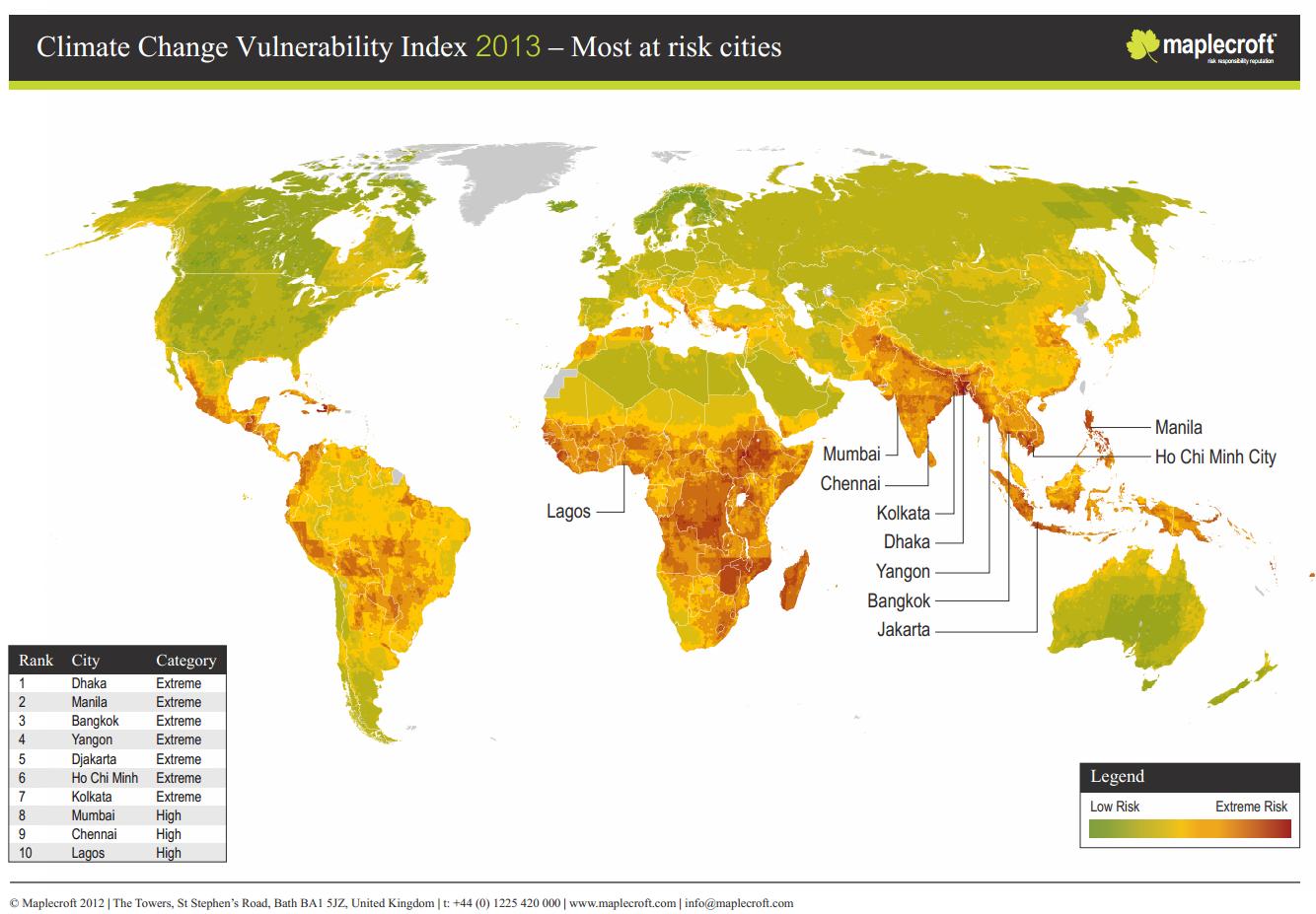Posted by Malcolm on 4th October 2013
Let me know if there is any topic you’d like to hear about, event’s you’d like me to mention, or people you’d like to hear interviewed (including yourself).
Preview:
What’s What – There are more students in Samson Center than normal
Green Rant – Shutting down the environment
Student Interview – Andrew Victor aka DJ DiaLogic
MIISRadio Connect – DJ DiaLogic set for the government shutdown
Posted in Uncategorized | No Comments »
Posted by Malcolm on 13th September 2013
For this week’s Green Rant, I will be talking about climate change as a conflict multiplier. Before listening, I suggest you read this little primer about climate change and conflict:
It has been scientifically proven that CO2 causes warming, this was even confirmed by Mythbusters. Humans have been emitting a LOT of CO2 since the start of the industrial revolution, this was also proven by science. As we speak, the concentration of CO2 in the atmosphere is increasing, and has been increasing for years. Global temperatures are increasing, the ocean is absorbing even more of the heat change (which will be a different rant). If you are interested in logic, the argument is as follows: Humans are causing the increase in CO2. The increase in CO2 is causing global temperatures to rise. Therefore, humans are causing global temperatures to rise. There are probably 100 denialist theories as to way this is not the case, but they probably aren’t listening. The result is climate disturbance. I prefer to use this phrase over climate change because the climate has always (and will always) change, and this phrase implies that something is no longer right or natural.
The term conflict has many meanings and definitions, as any Conflict Resolution student would tell you. The most simple model to describe environmental conflict is: increased population + less natural resources = more conflict. Each of these three categories can be expanded to include quite a few more variables. The population includes demographics (migration, youth bulge, population density, growth rate, population size, gender, government type) as well as the impacts of supply and demand. The specific resources that are decreasing impact the conflict as well (water, food, forests, fisheries, etc.). The conflict can even be violent or nonviolent, can involve state and/or non-state actors, can be interstate or intrastate, and can be an existing conflict or a new one.
Essentially, with the added variables, one can see that conflict will not impact everyone in the same way. For example, there will be plenty of agricultural destruction from increased temperatures in the middle of the United States, but being a developed country with money can mitigate some of this vulnerability. Since a picture is worth a thousand words, I’ll leave this map below for you to reflect upon till Monday.

This map is part of Maplecroft’s Climate Change Vulnerability Index (CCVI), which forms a central pillar of the Maplecroft’s 5th annual Climate Change and Environmental Risk Atlas. The map ranks the 10 cities which are most at risk.
Posted in Uncategorized | No Comments »


